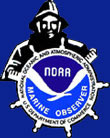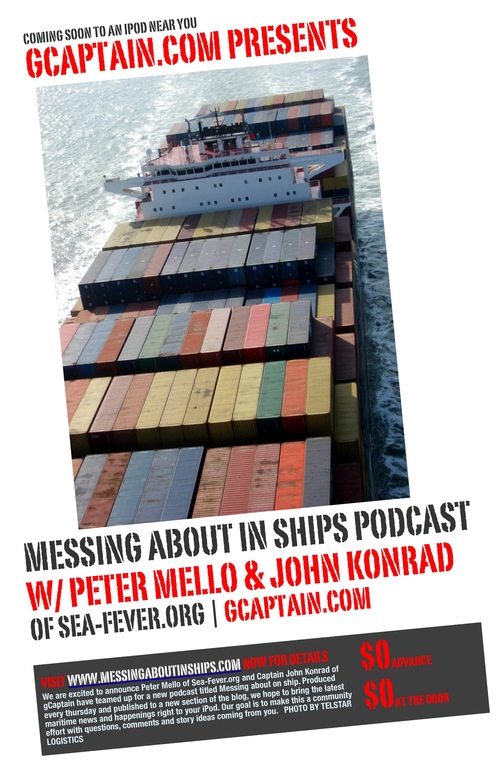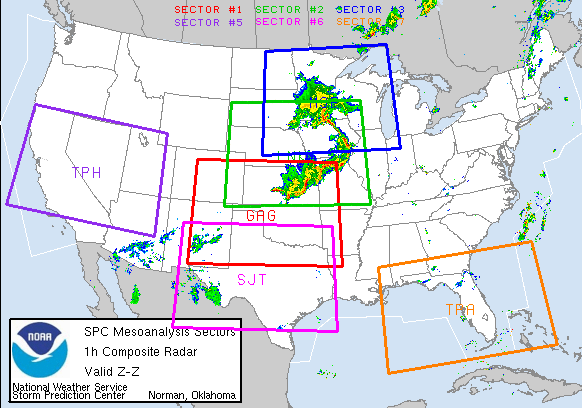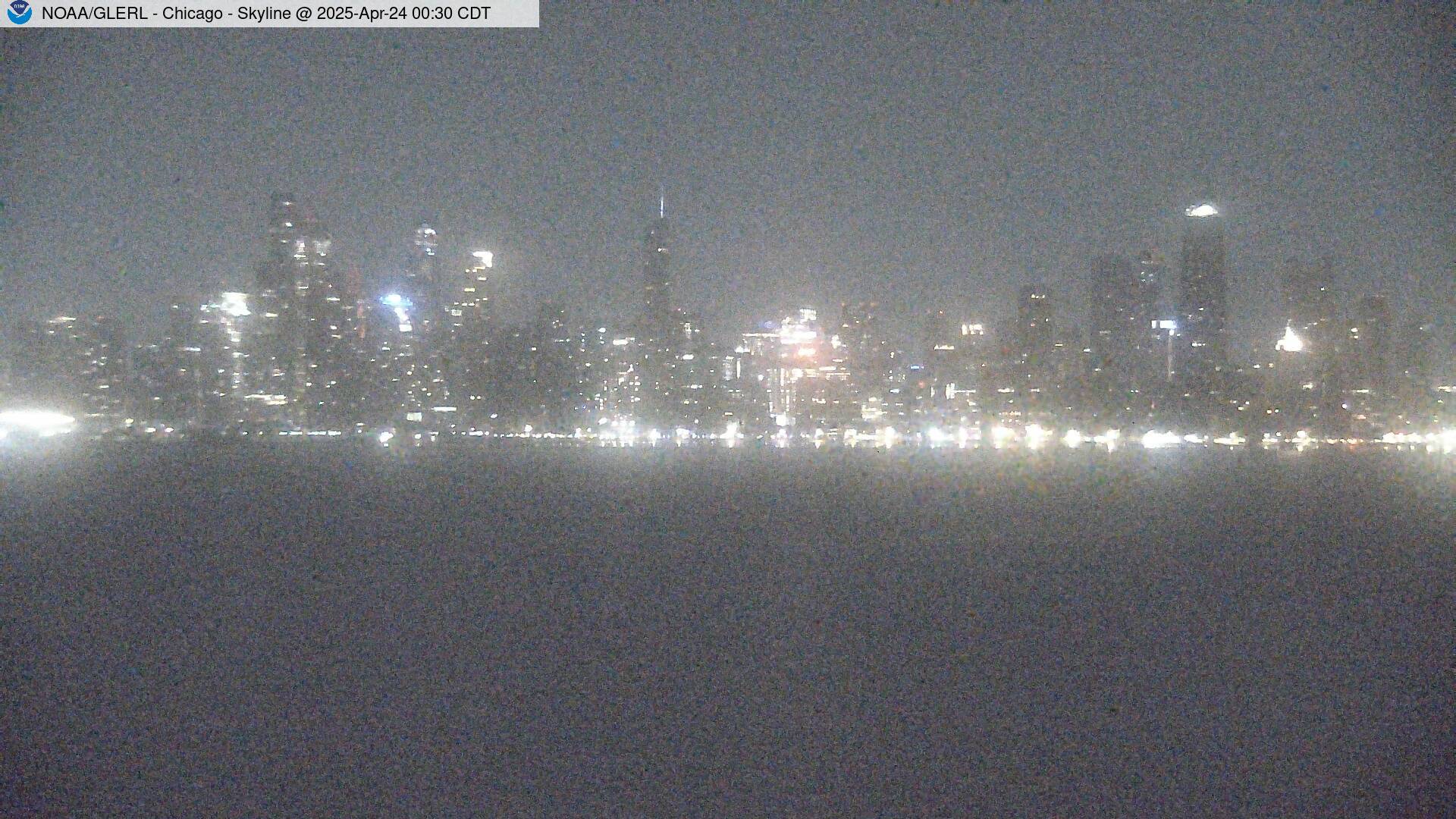 Why Hurricane Ike's "Certain Death" Warning Failed
Why Hurricane Ike's "Certain Death" Warning FailedAs residents of Galveston, Texas, were allowed to return to the devastated island this week, experts puzzled over why tens of thousands of others had remained during Hurricane Ike—despite the National Weather Service's "certain death" warning.
Among the possible explanations: memories of a chaotic 2005 evacuation, an anti-government attitude, and a false sense of security fueled by TV news and the abundance of hurricane data on the Web.
(See full Hurricane Ike coverage: photos, stories, and videos.)
Avoiding Chaos
Gene Hafele, director of the Houston-Galveston National Weather Service office, said about 500,000 people in and around Galveston were in a mandatory evacuation zone, and only about 300,000 left.
Bill Read, director of the National Hurricane Center in Miami, estimated there were about 140,000 people in the smaller, "certain death" zone. About 70 percent of those residents evacuated. That left nearly 40,000 people to contend with the worst of the storm surge.
There is "no one answer" why so many Texas residents ignored the evacuation order, Read said.
Some probably refused to leave because they'd been caught in the chaotic evacuation for Hurricane Rita in 2005, he said.
During that event, roads out of Houston became gridlocked. Officials later estimated that about 90 people died during the 2005 evacuation because of heatstroke, dehydration, and other causes.
Read also said that some of those who refused to leave during Hurricane Ike stayed because they have an intense anti-government attitude. "They think, No one tells me what to do," Read said.
The National Weather Service's Hafele said officials decided to issue the "certain death" evacuation warning because the storm surge from Hurricane Ike would be unlike anything seen on the Texas coast since an unnamed hurricane in 1915.
"People who were living in the storm surge zone had never experienced a surge like this and had no way of knowing how severe this could be," Hafele said.
Hafele said he was puzzled by why some residents of Bolivar Peninsula—a low-lying, more rural community just north of Galveston—defied the evacuation order.
The peninsula took the worst of Ike's storm surge, and dozens of homes and other buildings there simply disappeared after the hurricane (photo: the peninsula before and after Hurricane Ike).
"The people who live on Bolivar understand their vulnerability," Hafele said. "Some have lived out there an unusually long time, and they've experienced a lot of storms. Why some of those people decided not to leave really is beyond me."
False Sense of Security
Jay Baker, a professor of geography at Florida State University in Gainesville, has studied how people respond to hurricane warnings.
The main reason people don't comply with evacuation orders is because they think they will be safe despite the warning to leave, Baker said.
"They think the storm will miss them, or they think they will be safe in their homes even if the storm does hit," Baker said.
There's also the fact that evacuating can be an expensive and very difficult task, and that can prompt people to decide not to leave, Baker said.
In addition, the National Hurricane Center's Read added, live news reports from the ground in Galveston may have given some viewers a false sense of security. "Viewers think, It's OK for the cameraman to stay there, why not me?"
Florida State's Baker said, "I'm not convinced that there's any kind of deep-seated psychological reason. People just make poor judgments. They don't know how bad it can get if they stay."
Billy Wagner is the chief emergency management specialist for Early Alert, a private hurricane warning and emergency management consulting service based in Tampa, Florida.
The availability of so much hurricane information on the Internet may be another reason why some people decide to ignore evacuation orders, Wagner said.
Amateur forecasters don't have the skill and training to evaluate hurricane data and make sound decisions about whether they should evacuate, he added.
The National Hurricane Center, on the other hand, has the "overall picture" of the approaching storm and also is communicating with local officials about whether to issue evacuation orders, he said.
"They need to listen to public officials," Wagner said. "I'm always concerned that too many people think they're tropical meteorologists now and are second-guessing what's taking place."
Read, the National Hurricane Center director, said forecasters will be taking a "cold, hard" look after the hurricane season at hurricane warnings and how people responded to them. The review could prompt changes in how the center issues warnings, he said.
Willie Drye is author of Storm of the Century: the Labor Day Hurricane of 1935, published by National Geographic Books.
HURRICANE BASICS
Arctic Sea Ice Hits Second-lowest Recorded Extent, Likely Lowest Volume
ScienceDaily (Oct. 3, 2008) — Arctic sea ice extent during the 2008 melt season dropped to the second-lowest level since satellite measurements began in 1979, reaching the lowest point in its annual cycle of melt and growth on Sept. 14, according to researchers at the University of Colorado at Boulder's National Snow and Ice Data Center.
Preliminary data also indicate 2008 may represent the lowest volume of Arctic sea ice on record, according to the researchers. The declining Arctic sea ice is due to rising concentrations of greenhouse gases that have elevated temperatures across the Arctic and strong natural variability in Arctic sea ice, according to scientists.
Average sea ice extent during September, a benchmark measurement in the scientific study of Arctic sea ice, was 1.8 million square miles. The record monthly low, set in 2007, was 1.65 million square miles. The third lowest monthly low was 2.15 square miles in 2005, according researchers at the center.
The 2008 low strongly reinforces the 30-year downward trend in Arctic sea ice extent, said CU-Boulder Research Professor Mark Serreze, an NSIDC senior scientist. The 2008 September low was 34 percent below the long-term average from 1979 to 2000 and only 9 percent greater than the 2007 record. Because the 2008 low was so far below the September average, the negative trend in the September extent has been pulled downward, from a minus 10.7 percent per decade to a minus 11.7 percent per decade, he said.
"When you look at the sharp decline we have seen over the past 30 years, a recovery from lowest to second lowest is no recovery at all," Serreze said. "Both within and beyond the Arctic, the implications of the decline are enormous."
Conditions in the spring, at the end of the growth season, played an important role in the outcome of this year's melt, the researchers said. In March 2008, thin first-year ice covered a record high 73 percent of the Arctic basin. While it may appear to be a recovery of the sea ice, the large extent masked an important aspect of sea ice health since thin ice is more prone to melting during the summer. The widespread thin ice in spring 2008 set the stage for extensive ice loss during the melt season, according to the NSIDC researchers.
Through the 2008 melt season, a race developed between the melting of thin ice and gradually waning sunlight, said CU-Boulder Research Associate Walt Meier, a research scientist at NSIDC. Summer ice losses allowed significant solar energy to enter the ocean and heat up the water, melting even more ice from the bottom and sides. Warm oceans store heat longer than the atmosphere does, contributing to melt long after the sunlight has begun to wane, Meier said. In August 2008, the Arctic Ocean lost more ice than any previous August on record.
"Warm ocean waters helped contribute to ice losses this year, pushing the already thin ice pack over the edge," said Meier. "In fact, preliminary data indicate that 2008 probably represents the lowest volume of Arctic sea ice on record, partly because less multiyear ice is surviving now and the remaining ice is so thin."
In 2008, summer conditions worked together to save some first-year ice from melting and to "cushion" the thin ice pack from the effects of sunlight and warm ocean waters, preventing the "perfect storm" for ice loss seen in 2007, according to the researchers. Temperatures in 2008 were cooler than in 2007, although still warmer than average.
Cloudier skies also protected the ice from some melt, and wind patterns spread the ice pack out, leading to higher extent numbers, according to CU-Boulder Research Associate Julienne Stroeve, an NSIDC research scientist. The end result was the natural variability of short-term weather patterns provided enough of a "brake" to prevent a new record-low ice extent from occurring, she said.
"I find it incredible that we came so close to beating the 2007 record, without the especially warm and clear conditions we saw last summer," said Stroeve. "I hate to think what 2008 might have looked like if the weather patterns had set up in a more extreme way."
The melt season of 2008 reinforces the decline of Arctic sea ice documented over the past 30 years, said CU-Boulder Senior Research Associate Ted Scambos, NSIDC lead scientist. "The trend of decline in the Arctic continues, despite this year's slightly greater extent of sea ice," said Scambos. "The Arctic is more vulnerable than ever."
MARITIME NOTE
Maritime Casualties and Homeland Security
- All US Customs and Border Protection Air and Marine Interdiction operations ($528M).
- The entire U.S. Coast Guard Marine Safety program ($728M), and
- The entire Federal Law Enforcement Training Center ($274M - effectively trained 60,458 law enforcement agents in 2007)
SEATTLE - Four containers that were putting off alarmingly high heat since Sunday were removed from the APL Peru Saturday.
Members of the Seattle Fire Department cut holes into the containers and sprayed water inside in order to extinguish the smoldering contents of what is believed to be clothing, shoes, and appliances. No other source of heat or smoke has been detected aboard the vessel and the remaining containers will be offloaded according to schedule.
The cause of the fire is under investigation.
RS


































































































![Validate my RSS feed [Valid RSS]](valid-rss.png)
No comments:
Post a Comment